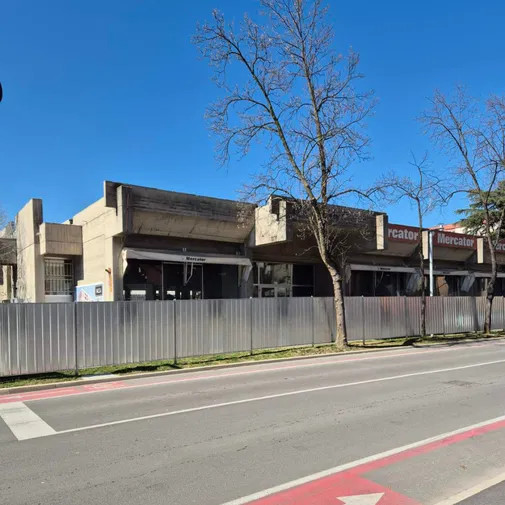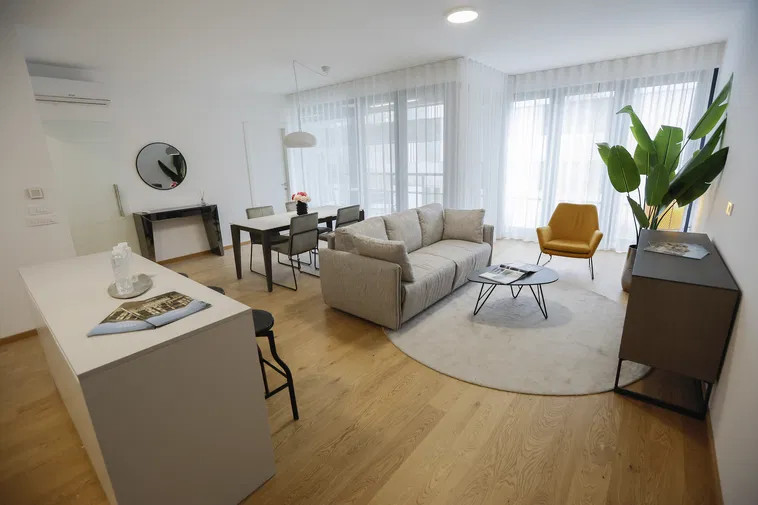New Academic Year Starting for Some 19,000 Freshmen
Published on 1 october 2015New Academic Year Starting for Some 19,000 Freshmen
Thursday will mark the beginning of a new academic year in Slovenia, a country in which nearly half of 19-24-year-olds are students. This year some 19,000 places are available for freshmen.
A total of 14,710 novices out of some 20,400 applicants have been admitted to the four Slovenian universities and public and publicly-licensed higher education institutions so far.
The final number of enrolments will not be available until after 30 October, when those failing to get into their course of choice have decided whether to apply for remaining vacancies and the enrolment for graduate and post-graduate students has closed.
Statistics show 83,700 students were enrolled in tertiary education in Slovenia in the previous academic year, 7,000 fewer than the year before; 18,193 were enrolled in the first year.
A total of 18,400 students graduated last year, most from social sciences. As many as 40% of graduates were younger than 25, which is double the percentage a decade ago, when most graduated later.
More than half of admission places this year are available at Ljubljana University (10,209), followed by Maribor University (5,142) and the University of Primorsko (1,575).
The biggest excess of applicants over admission places was at the Ljubljana Academy for Theatre, Radio, Film and Television and the Academy of Fine Arts, both of which have admission exams.
Excess of candidates was also reported by the Ljubljana Faculty of Sports and Faculty of Medicine. The biggest number of applicants in Maribor is at colleges of security sciences, arts, health and medicine.
Apart from medicine, traditionally most popular courses are those in economics, social sciences and computer science.
One out of six students in Slovenia is enrolled in what is termed "extraordinary study", a scheme subject to tuition fees originally intended as a part-time study for working students. The fees range from EUR 2,000 to EUR 6,00 and more a year.
The students enrolled in such form of study who are not employed or registered as job seekers have the status of a student, enjoying the same rights as other students.
These include the right to health insurance, subsidised meals, transportation, the right to take odd student jobs and to reside in subsidised student dorms.
The status is valid for the duration of the study course, plus an extra year for repetition or graduation. A transfer to a different course is possible, but the total years of study cannot take longer that the course extended by a year.
The status and the rights are lost when the student graduates, gets expelled, fails to graduate 12 months after the end of the least semester, fails to enrol for the next year or graduation year or fails to finish studies on time.
This year marks a decade since Slovenia introduced the Bologna reform. The Education Ministry says the European goal of building an open and competitive common higher education space has largely been met, but not everyone is happy with the implementation.
The reform was introduced in the 2005/06 academic year to enable students to graduate sooner, acquire competences they need for a job and thus enable them to get successfully involved in the labour market.
The Student Organisation (ŠOS) supports Bologna goals, but finds implementation faulty, arguing that instead of overhauled curricula and more applied skills, students have often got "re-packaged" old subjects and courses, which are in excess.
The chancellor of Ljubljana University, Ivan Svetlik, agrees that too many courses have emerged, and that the study has been prolonged instead of shortened.
One the up side, he points to greater flexibility and more international exchange enabled through greater mobility.
He believes the main problem is that the state has not provided extra funding for the increased scope of courses.
"While the scope of programmes has increased by 20%, the state allocates about 12% less funds for higher education it had than until 2011."
Source: TheSloveniaTimes


